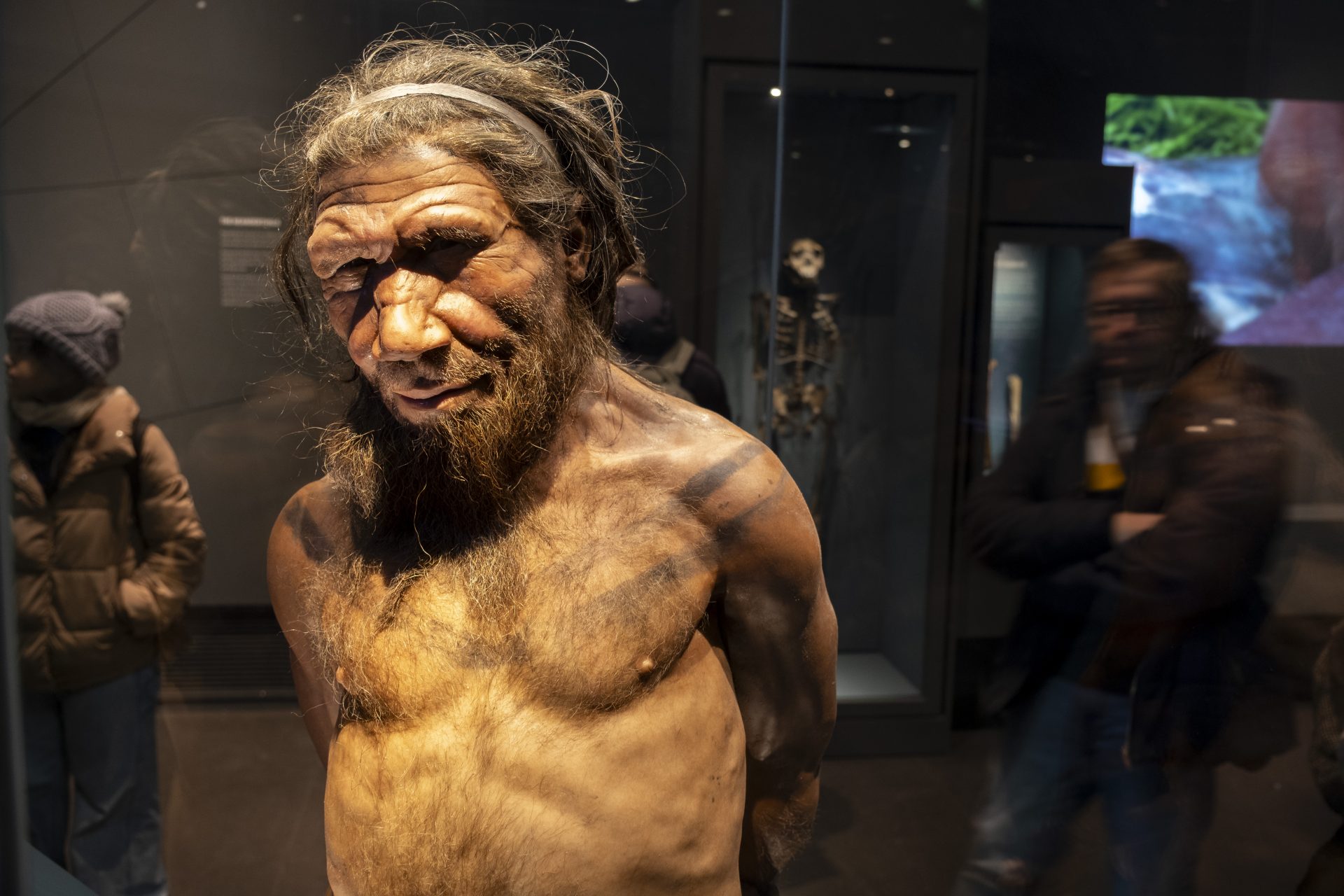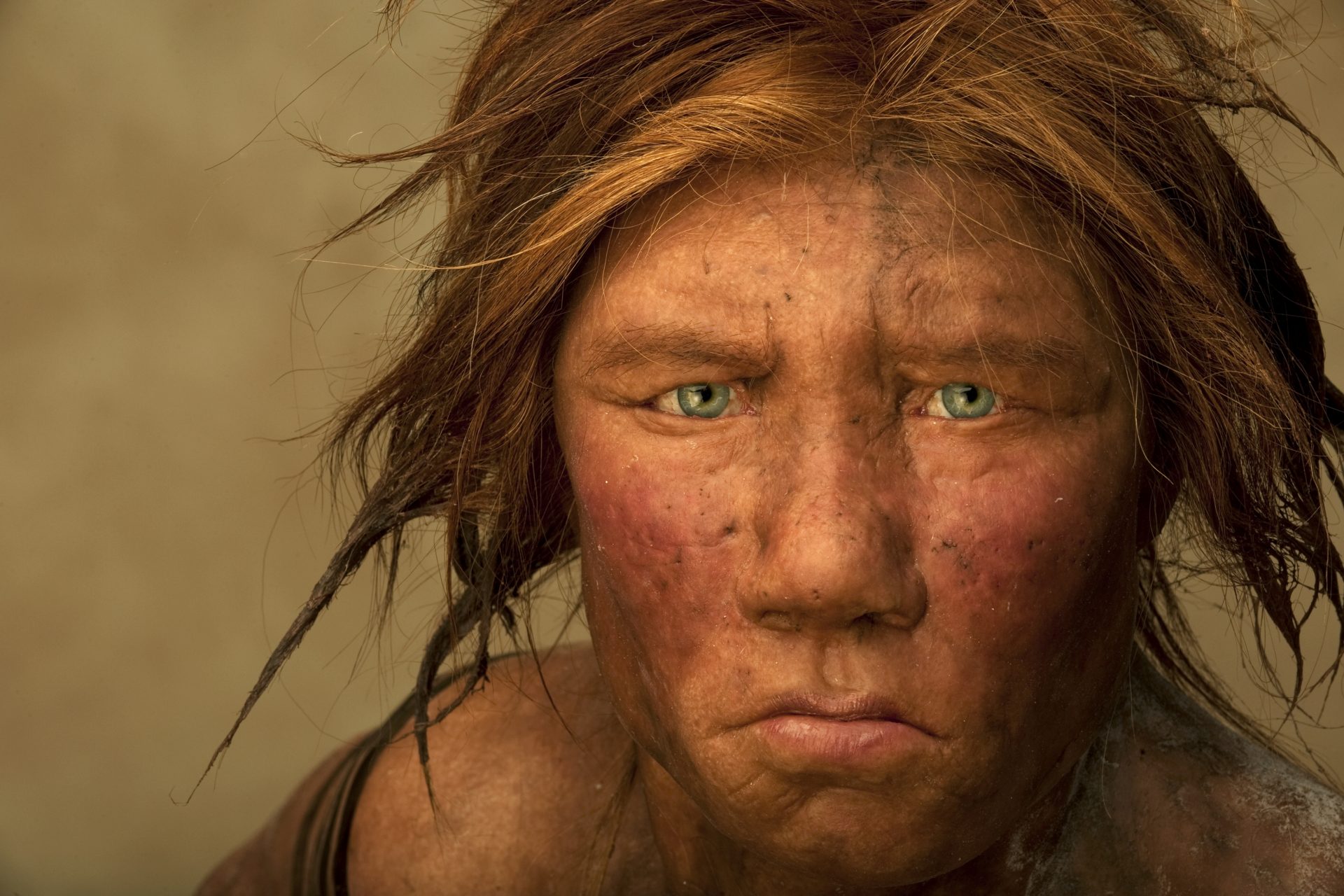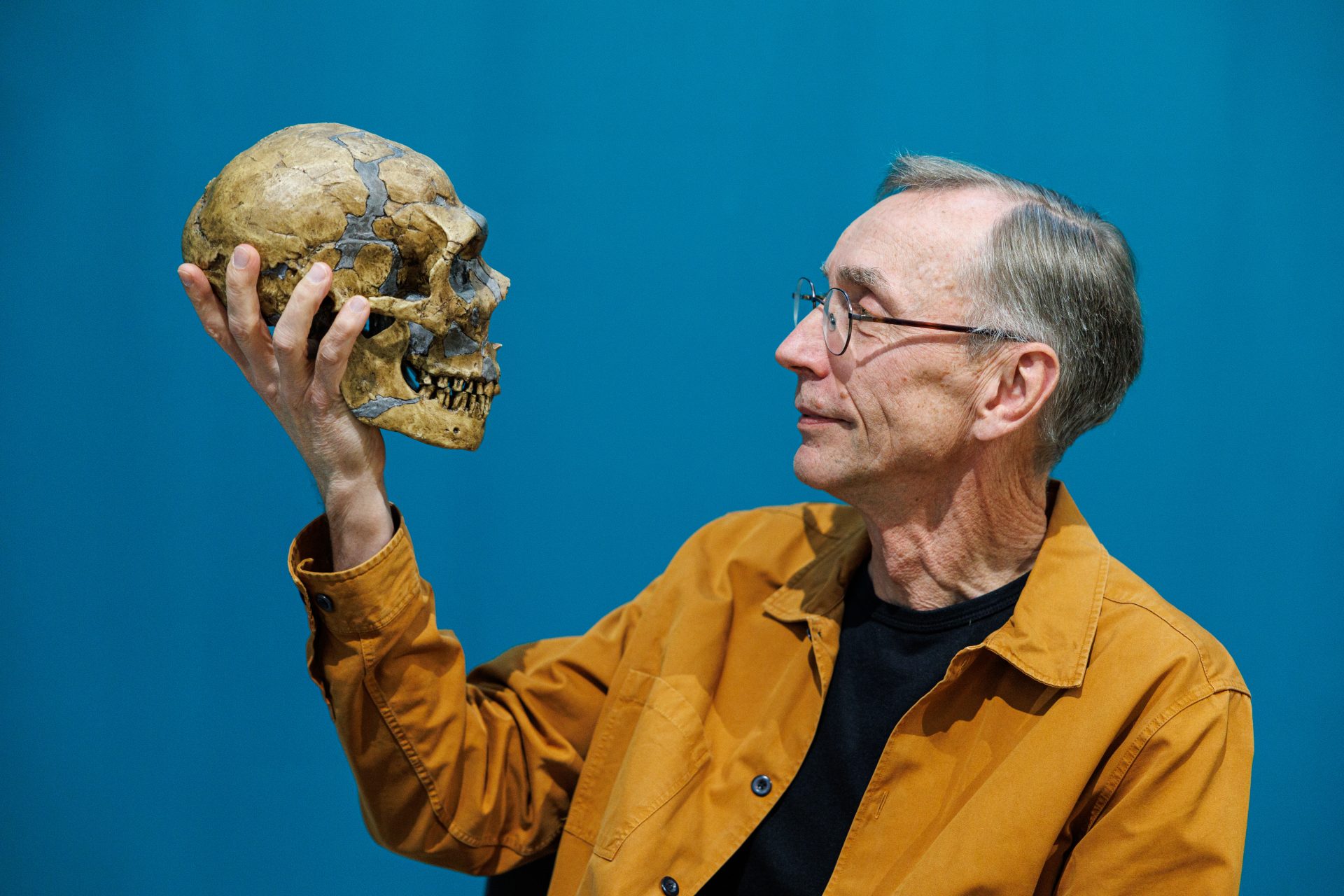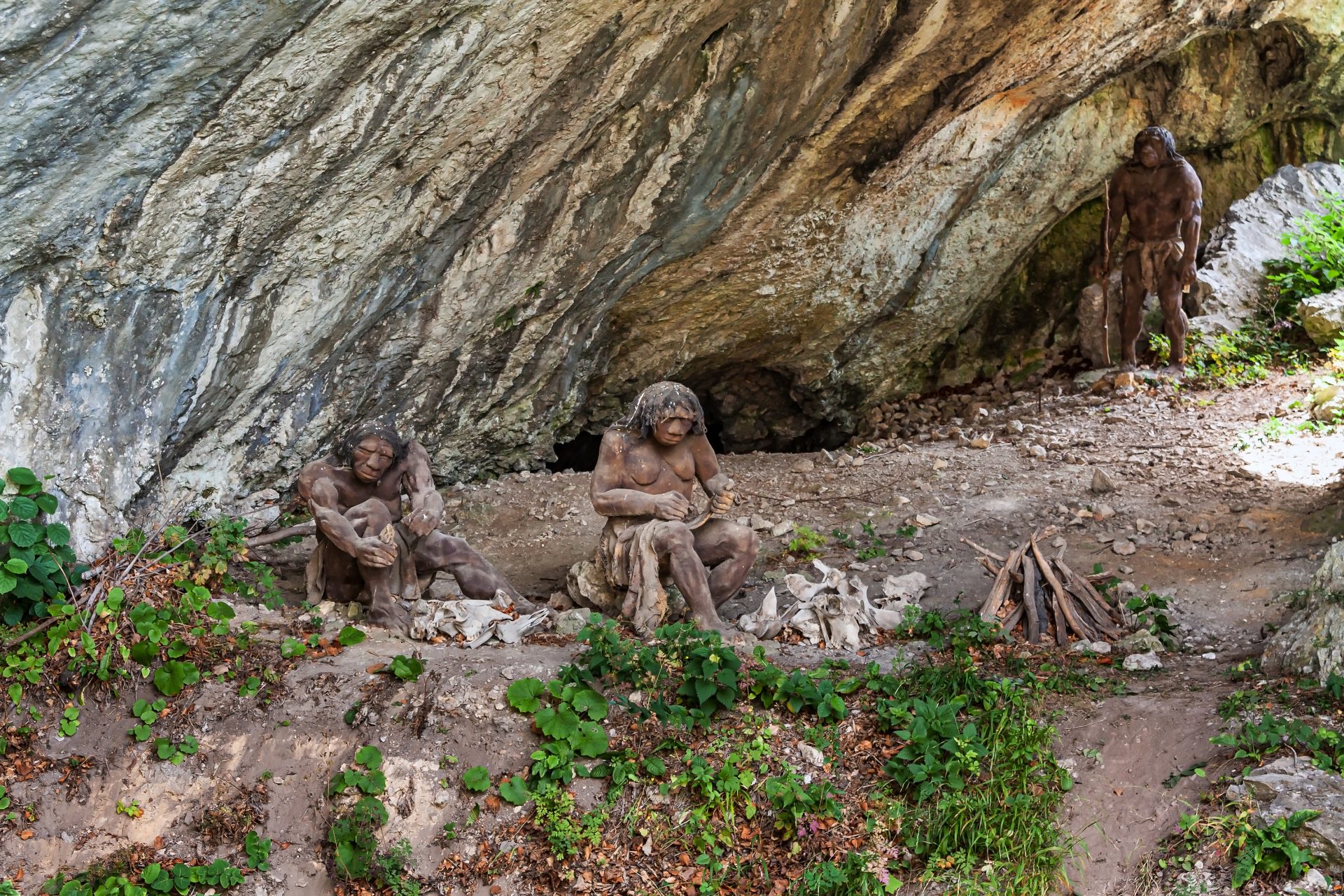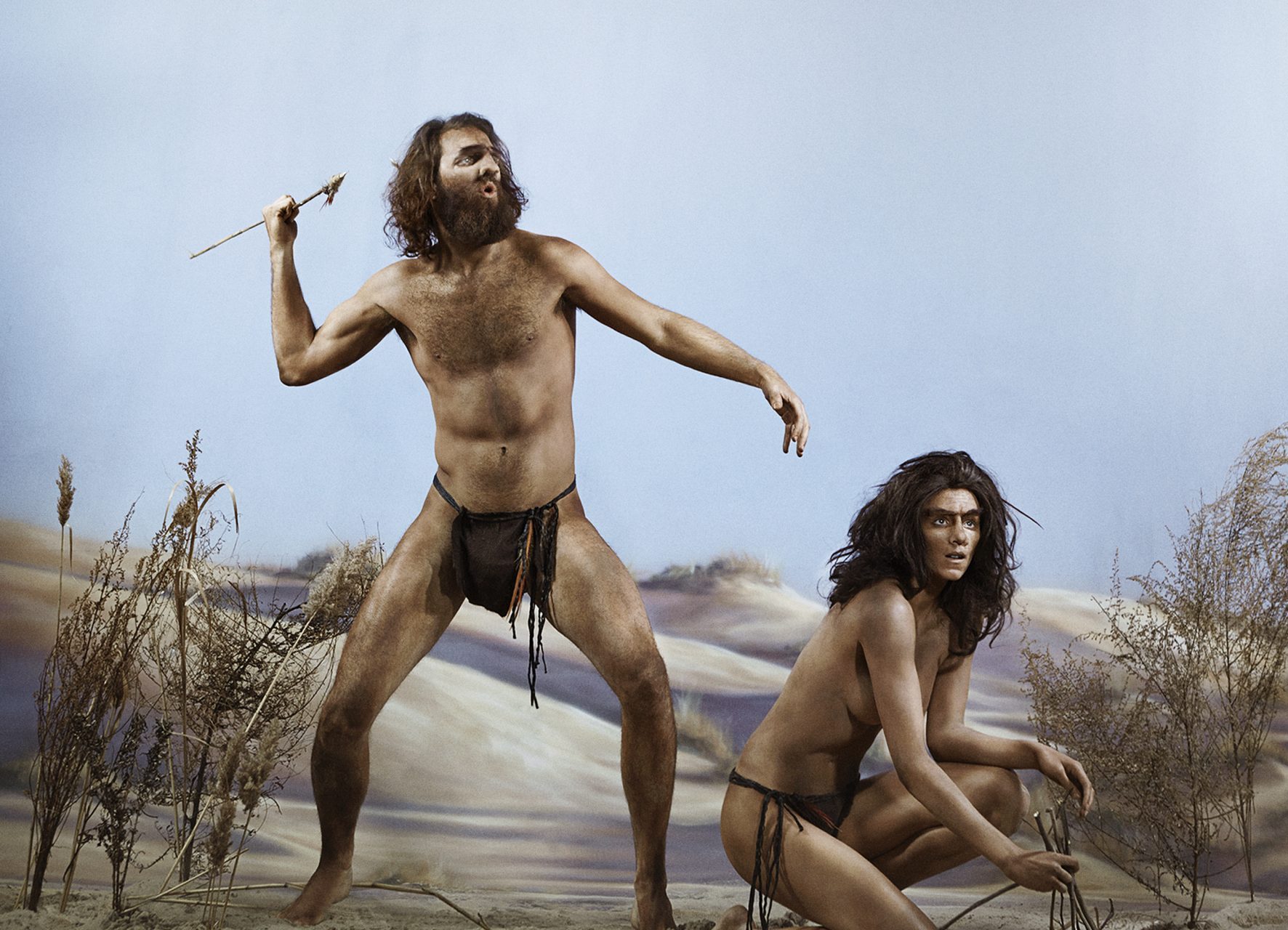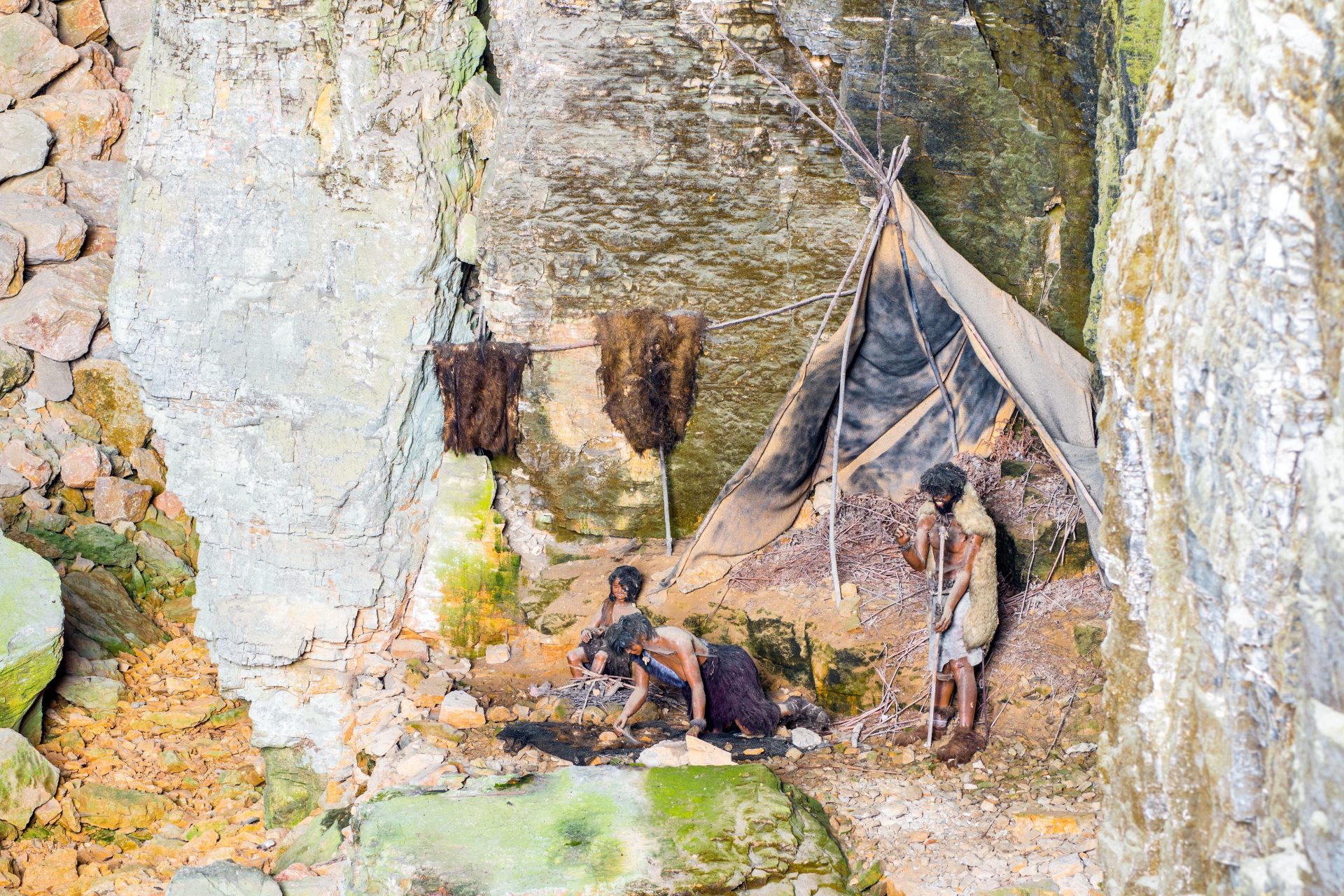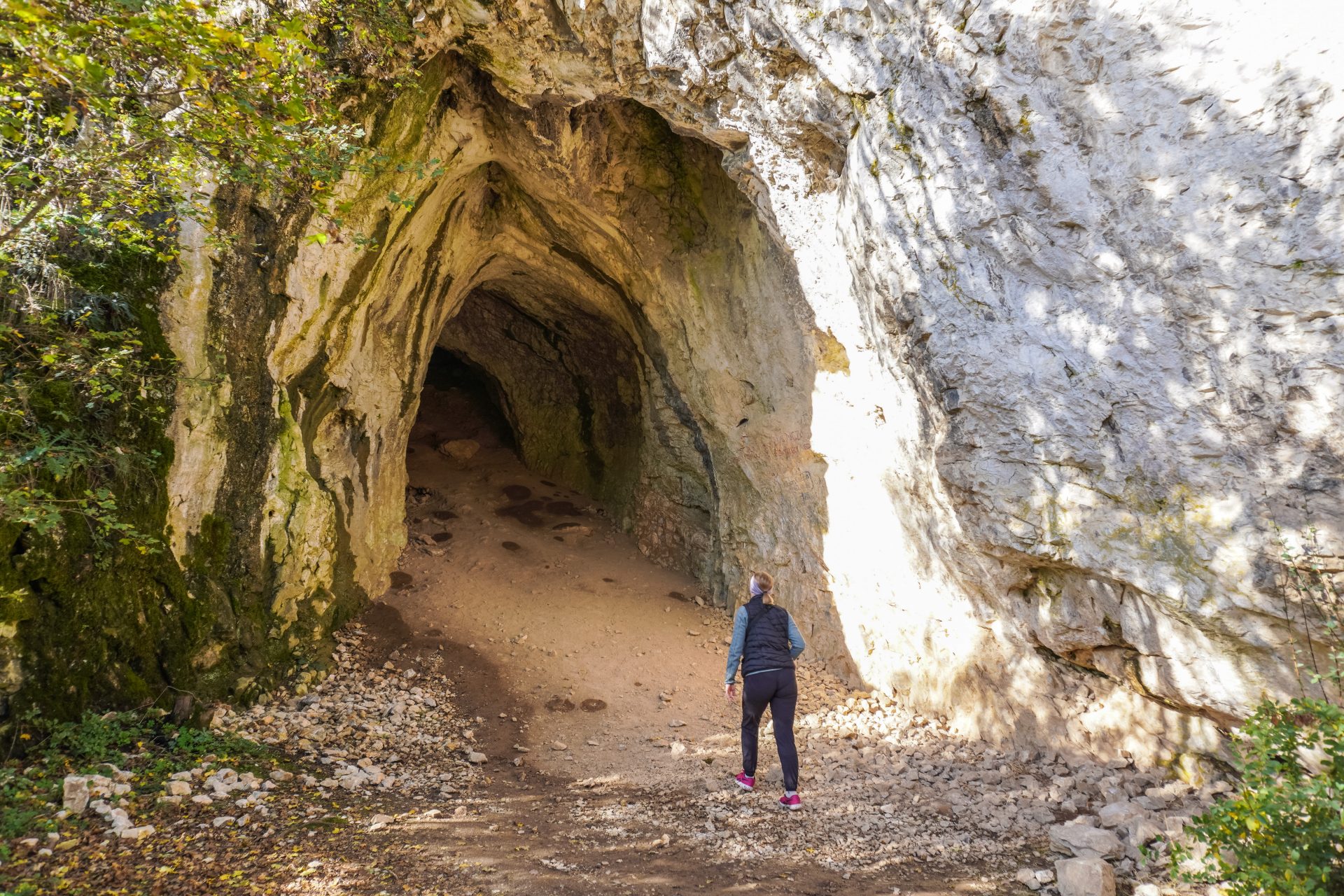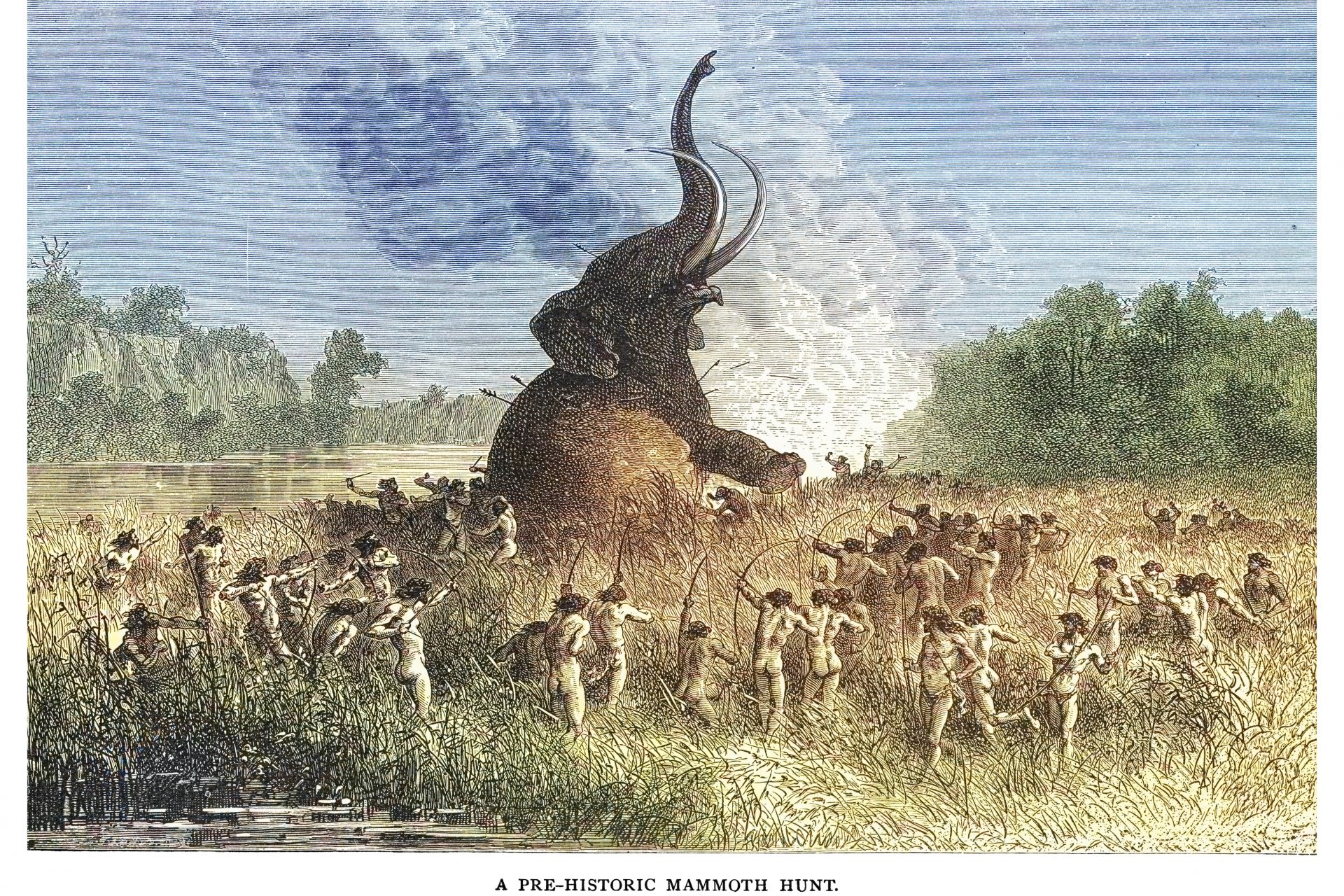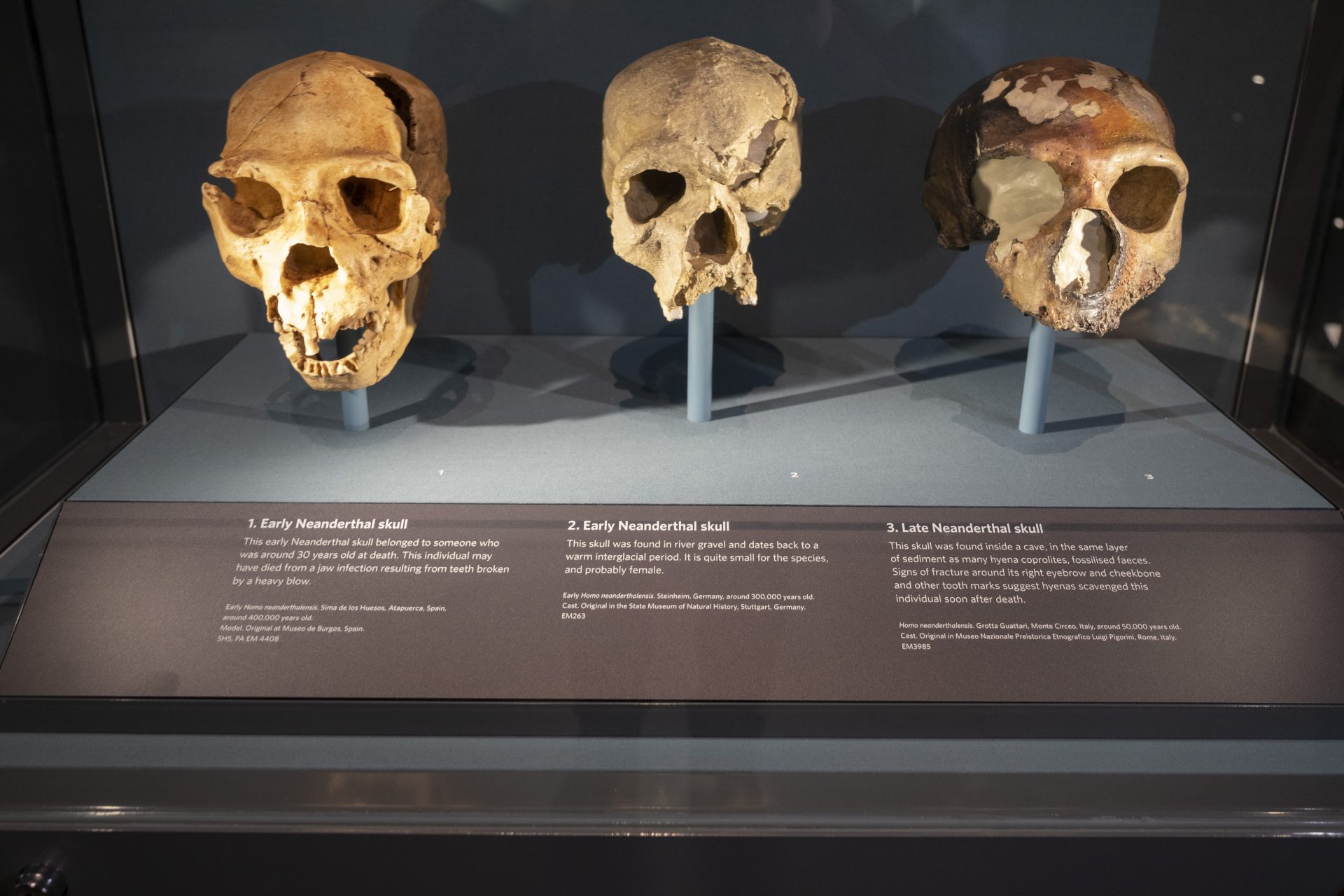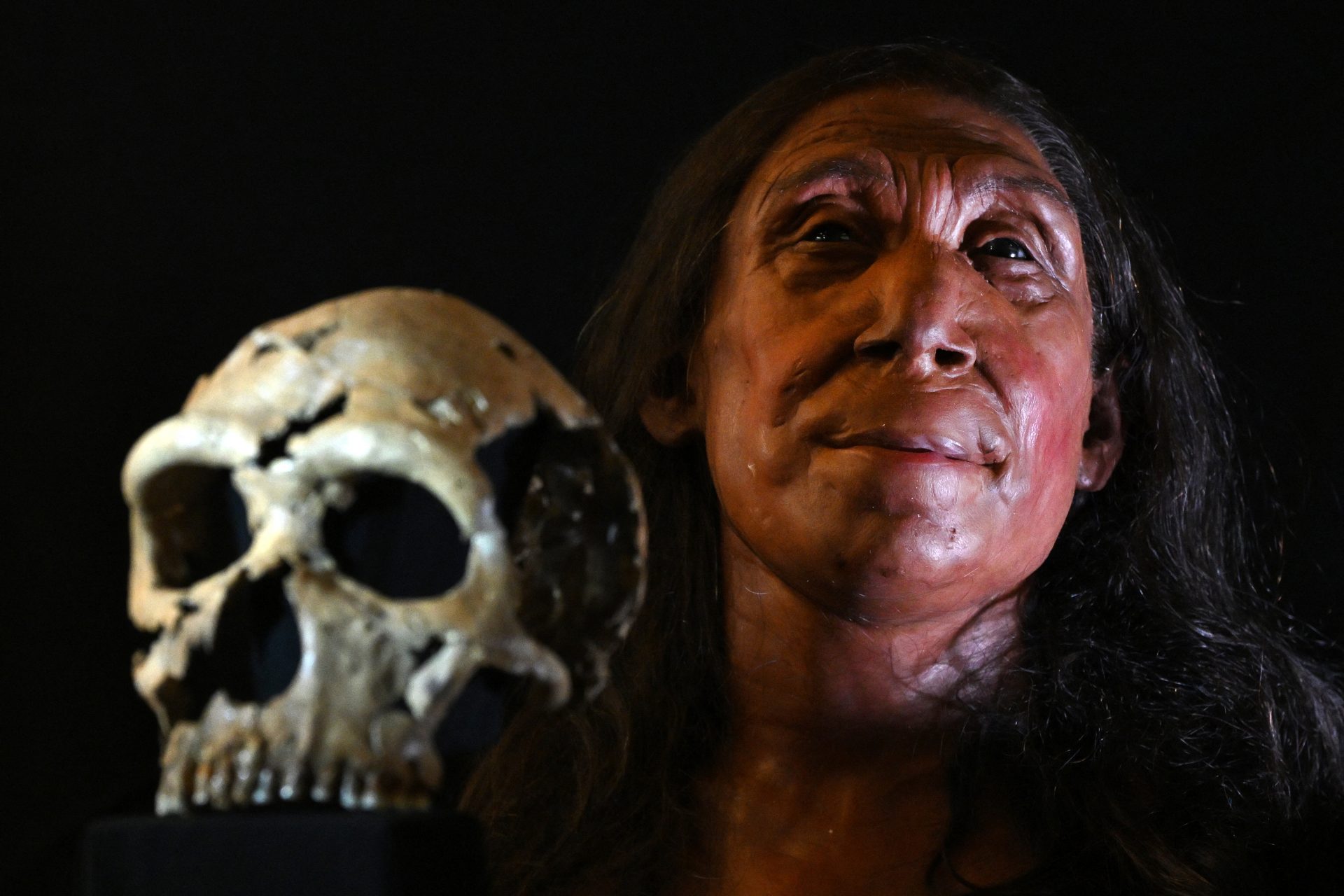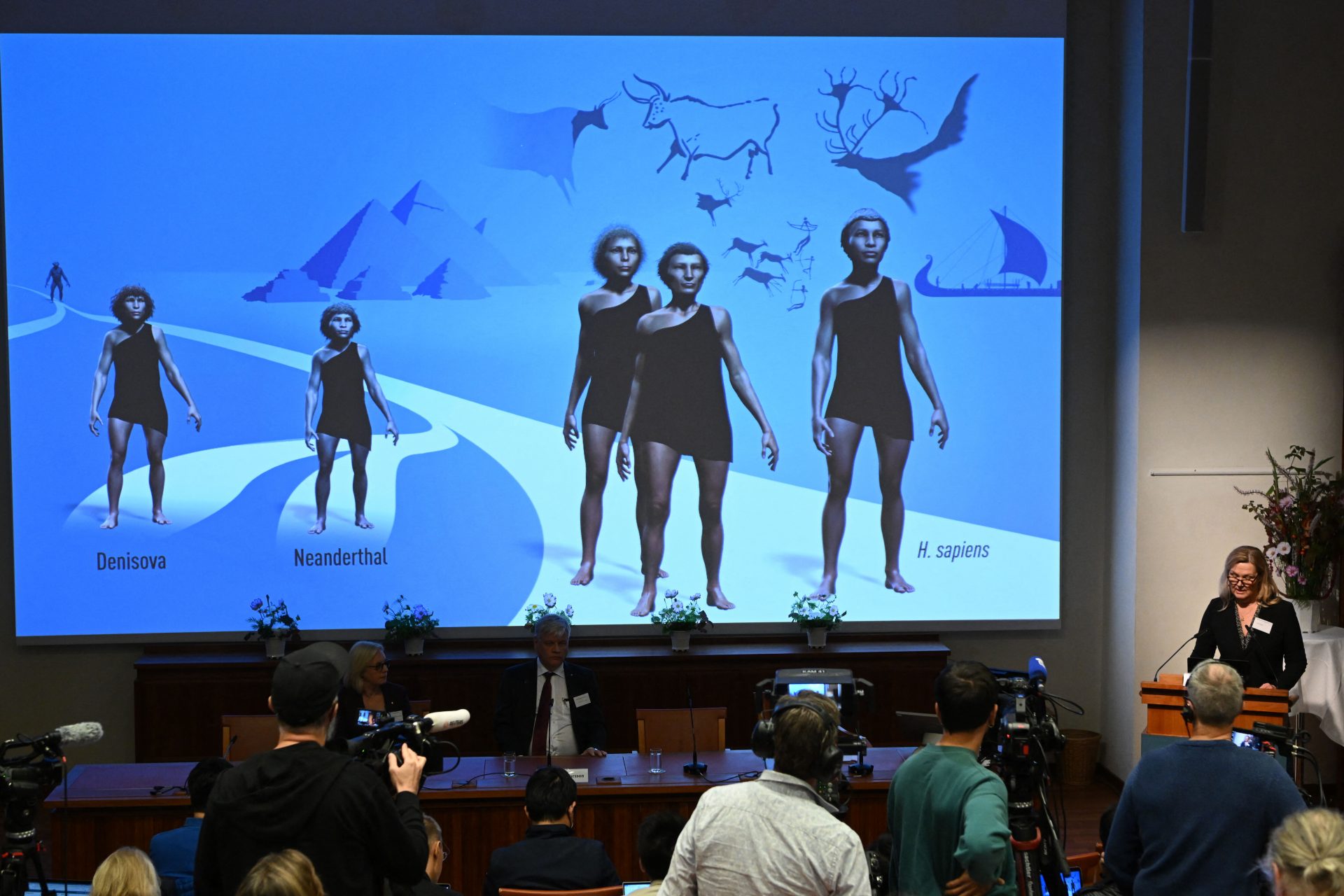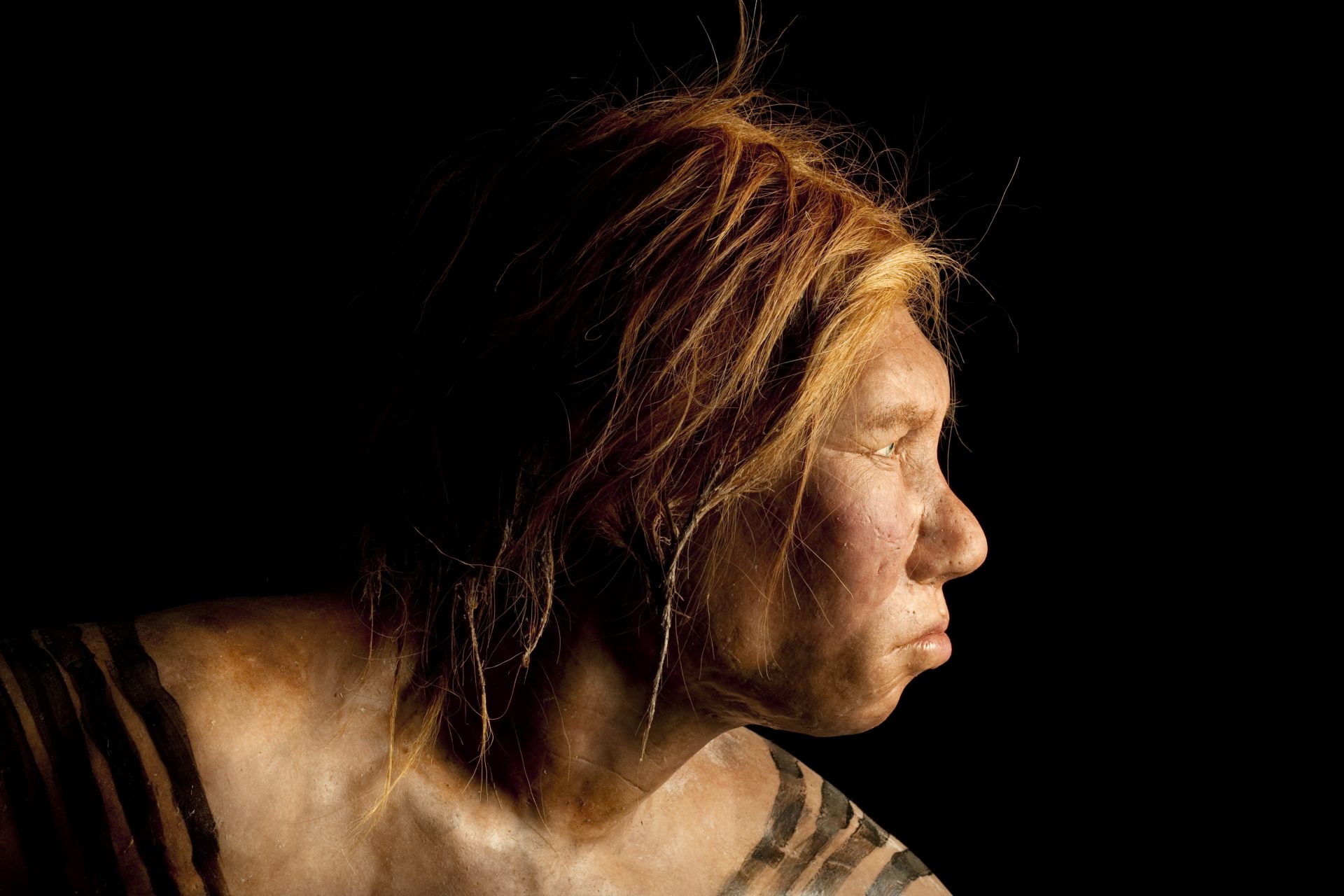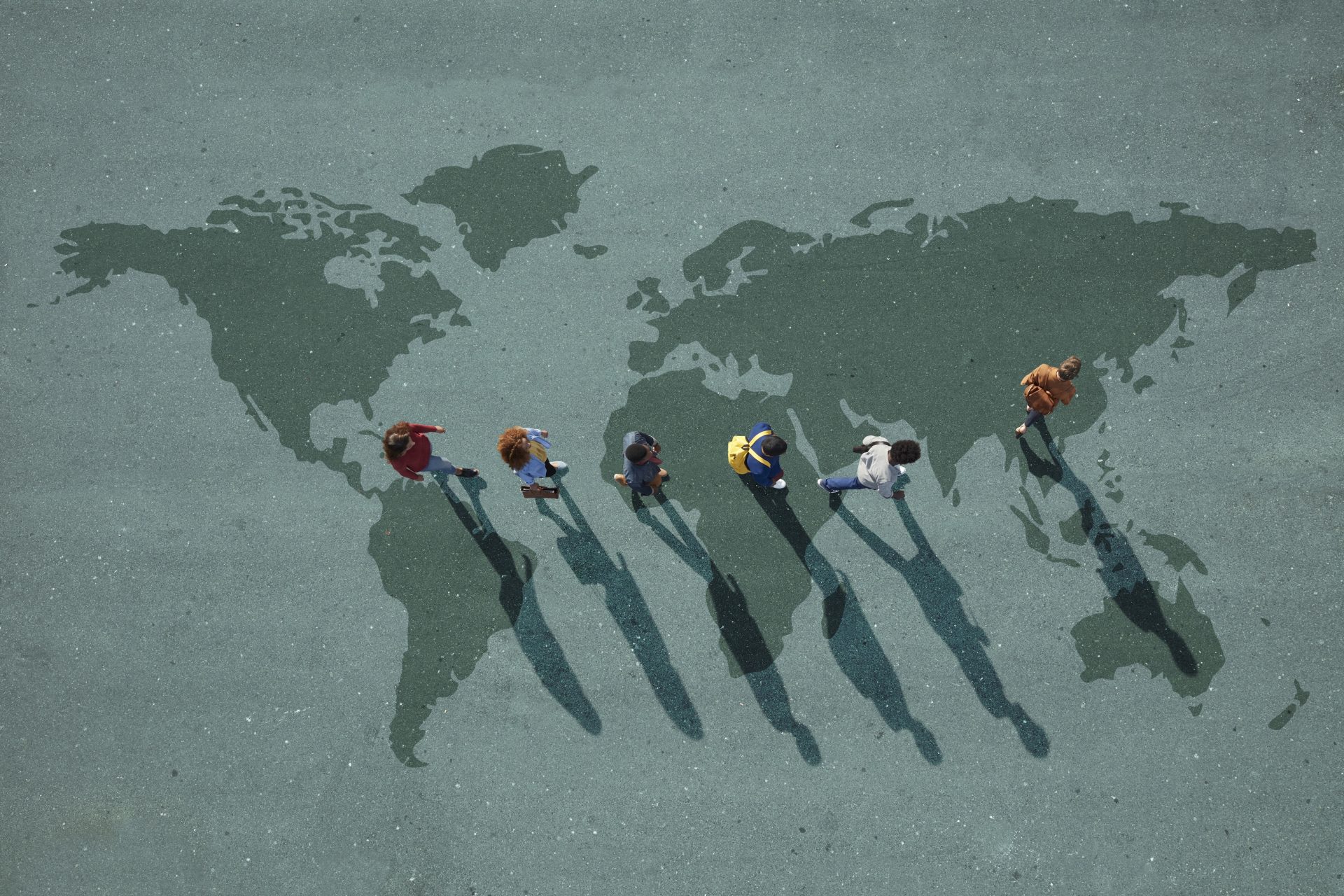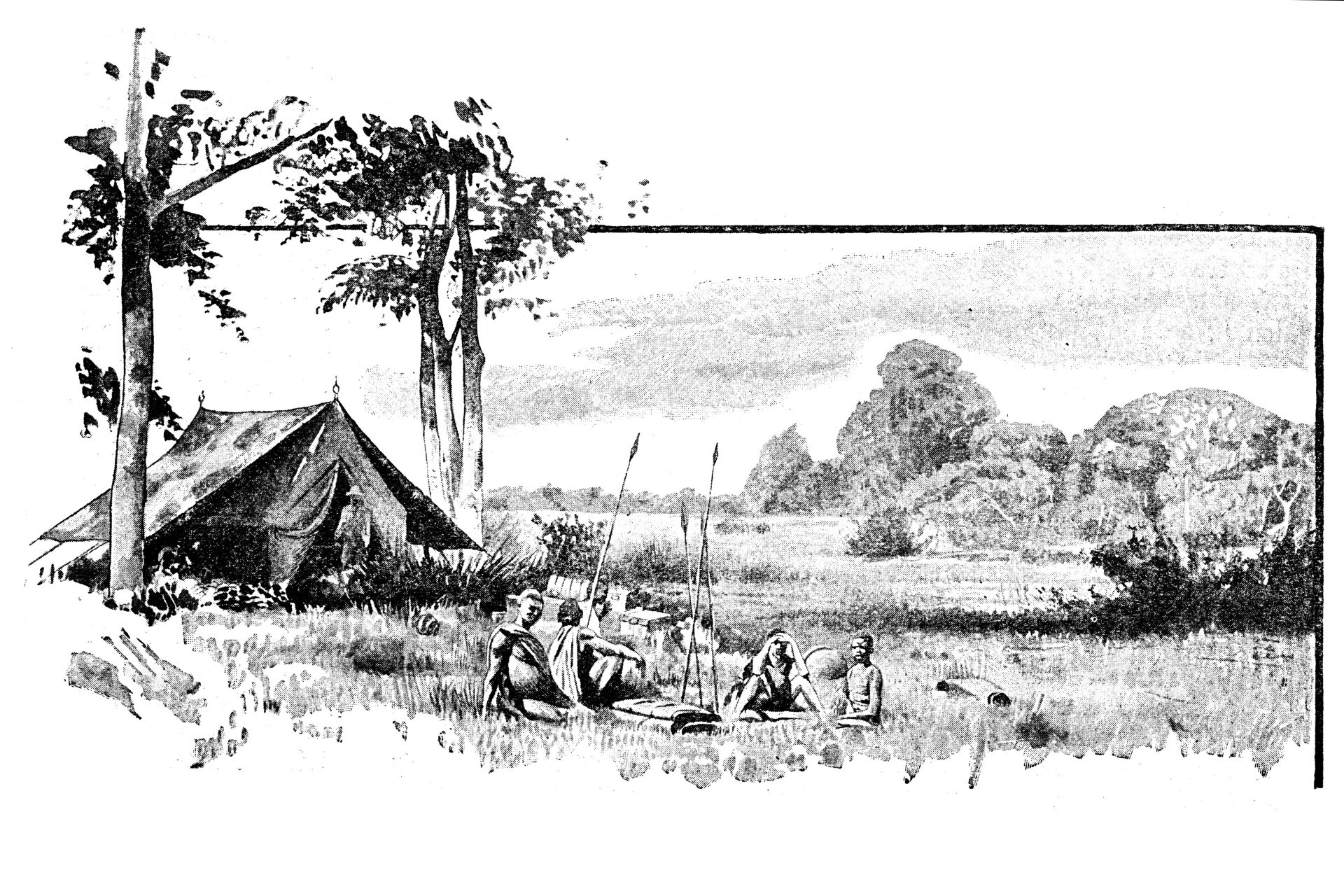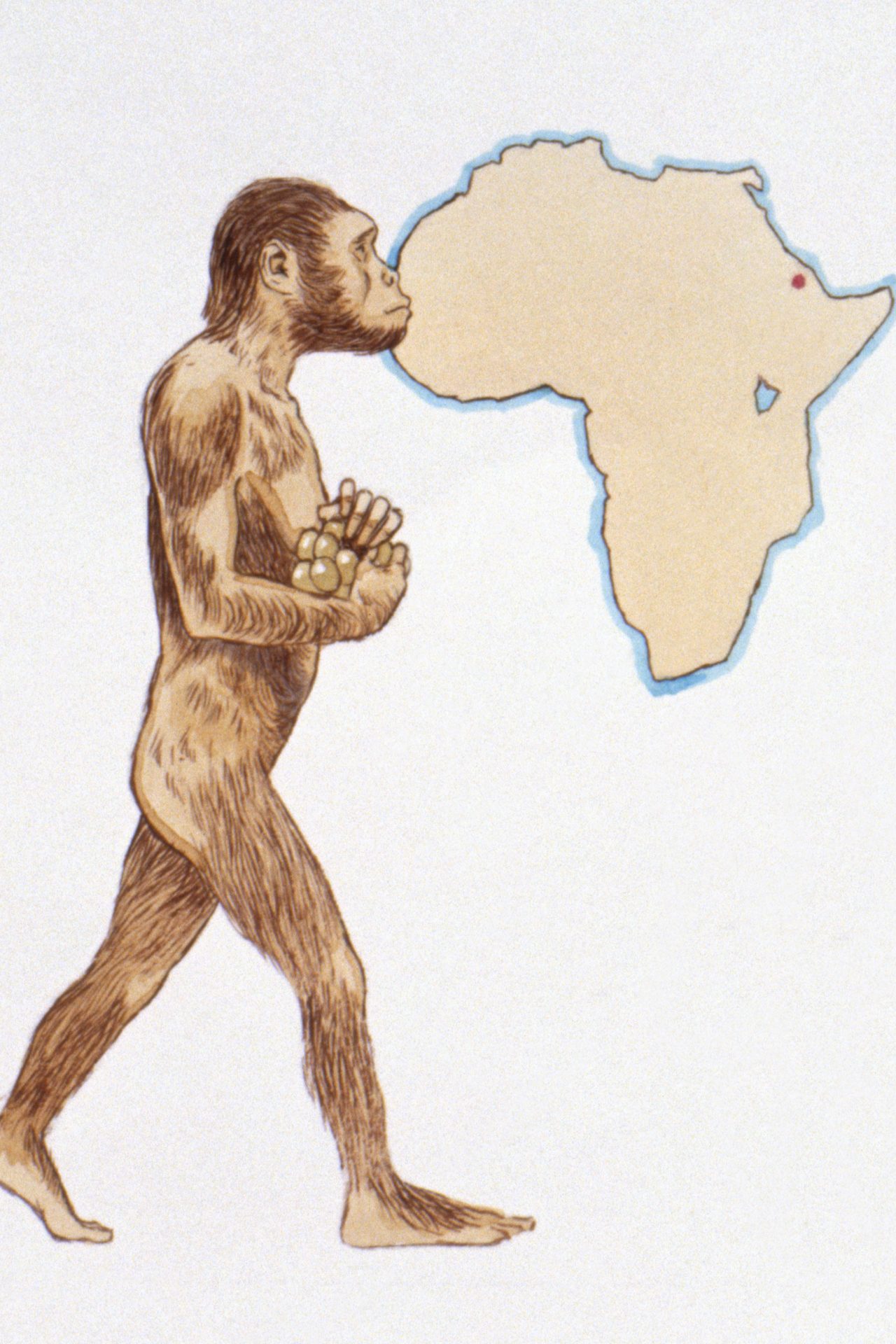Neanderthals and Homo sapiens built lives together over 7,000 years
Neanderthals and Homo sapiens reached a zenith of interbreeding 47,000 years ago, passing down DNA that is still evident in a significant number of modern-day people, according to two new studies published in Science and Nature.
The studies found that Homo sapiens and Neanderthals had babies together over a long stretch of time with most babies conceived around 47,000 years ago.
It’s not news that Neanderthals and Homo sapiens had children. Research by Svante Paabo into ancient DNA proving Neanderthals can also be counted among our ancestors won a Nobel Prize in 2022.
That research found traces of the Neanderthal gene in a specific group of humans descended from Homo sapiens who left Africa at a particular point in time and successfully settled in Eurasia.
How exactly this mingling took place, however, remained vague and open to discussion. But new evidence has been published in Nature based on a study sequencing the most ancient of human genomes to date, bringing to life a 45,000-year-old human family.
Parallel research into genomes from 275 present-day and 59 prehistoric humans who lived between 2,200 and 45,000 years ago, published in Science, has also offered a clearer picture of this prehistoric period.
According to the report in Science, Neanderthals and humans were having babies together over a period of 7,000 years.
“It paints a different story than this rare encounter. Whenever you ran into a Neanderthal, it was okay to have a baby with a Neanderthal,” Fernando Villanea, an anthropologist at the University of Colorado told The Washington Post.
"It just paints this story that makes sense to how the real world works. For a long period of time, humans were running into Neanderthals, and they were having babies," Villanea continued.
Having left Africa earlier than Homo sapiens, Neanderthals lived in western Eurasia and when a certain group of modern humans left Africa 50,000 to 60,000 years ago, they ran into each other.
The report in Science suggests that, far from being chance encounters, the coupling between modern humans and Neanderthals became a way of life.
Of course, Neanderthals became extinct around 39,000 years ago, perhaps because they lacked the ability to plan ahead and make prevision for crises in the way homo sapiens did.
“They were very, very smart, but not quite in the same league as Homo sapiens,” said Professor Robin Dunbar of Oxford University in The Human Journey website.
“That difference might have been enough to tip the balance when things were beginning to get tough at the end of the last ice age,” he added.
Some modern humans carry between 1% and 4% of Neanderthal in their DNA, according to Mathias Currat, a senior lecturer of genetics and evolution at the University of Geneva in CNN.
They differ from modern humans with no Neanderthal genome in the realms of immunity, hair texture and color – particularly redheadedness, sense of smell and skin color, some studies suggest, according to Medline Plus.
Most modern humans with traces of Neanderthal DNA can be found in East Asia while modern humans living in Africa carry no Neanderthal DNA.
For a large part of the modern-day population who trace their ancestry to the group that left Africa at that particular time, 1 out of every 20 ancestors would have been a Neanderthal during this time period.
The study also flags up the fact that the Homo sapiens that left Africa didn’t leave as a monolithic group that had an extended dalliance with Neanderthals.
Some interbred with Neanderthals but became extinct due to a hostile environment. Others arrived in Europe far earlier than the migration that led to us but didn’t survive.
“It wasn’t a single out-of-Africa migration,” said Sarah Tishkoff, a geneticist at the University of Pennsylvania om the New York Times. “There have been lots of migrations out of Africa at different time periods.”
More for you
Top Stories



